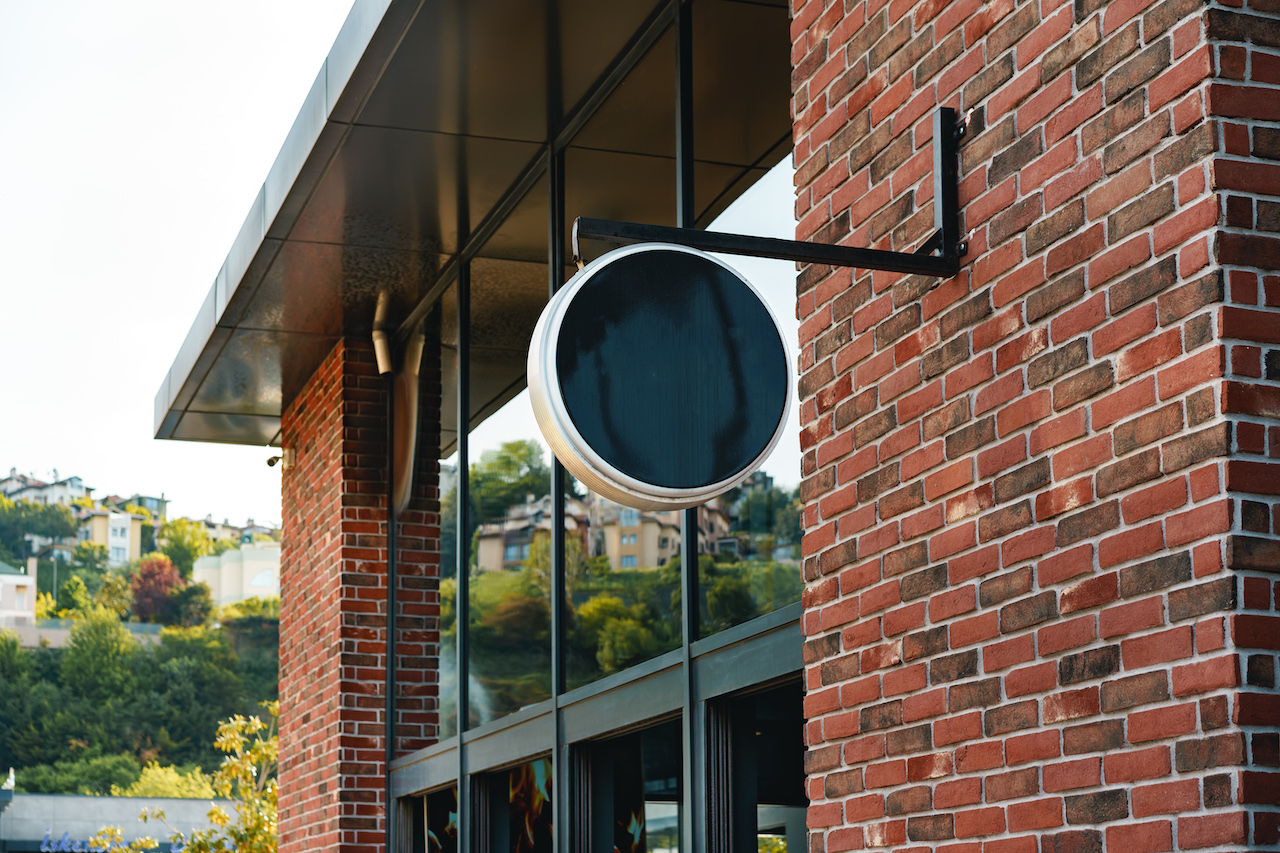General
Business Sign Installation: How to Avoid Common Mistakes

Effective signage is a cornerstone of successful business operations. Whether it’s a flashy neon hanging in the storefront or a bold, eye-catching banner, signs not only inform customers of your location but also can help convey your brand’s message, personality, and professionalism. However, there are common errors that can diminish the effectiveness of your business signs. Here are four essential tips to ensure your signage is a brand ambassador, not a branding blunder.
Know the Zoning and Permit Regulations
Before you even whip out the blueprint, it’s crucial to understand your local zoning and permit regulations. Each city or county has its own set of rules and requirements for signage. These can dictate the size, type, and even the color of the sign you intend to use. Failing to comply with these regulations can result in fines or, worse, having to tear down your sign. To avoid this, start by researching the local business sign ordinances. Generally, this information can be found on your city’s official website or by contacting the planning or zoning department.
Choose the Right Material and Design
The material and design of your sign go hand in hand with the message and goal of your business. Factors such as durability, visibility, and brand aesthetics should all play a role in your decision. Weather-resistance is key for signs installed outdoors, while readability from a distance is crucial for directional or roadside signs. The design should be a balance of eye-catching and easy to read – remember, simplicity often wins in readability. For materials, consider the signage’s location, particularly if it’s prone to high winds, direct sunlight, or heavy traffic. Consulting with a professional sign designer can help you make the right material and design choices and create mock-ups to visualize the final product.
Proper Placement and Installation
Your sign’s placement and installation are as important as the design itself. Consider the optimal viewing angles and distances for maximum impact. If your sign is competing with neighboring signs, height may be beneficial. However, if it’s located on a busy street, a lower height might be more effective. The installation process should be handled by professionals who consider elements such as proper anchoring, spacing from the wall to allow for cleaning and maintenance, and how the sign will look in different lighting conditions. A poorly installed sign not only looks unprofessional but can be a safety hazard if it falls.
Maintenance and Regular Upkeep
Just like any other part of your business, your sign requires regular maintenance. This means cleaning, making repairs, and the occasional update. Routine cleaning not only keeps your sign looking fresh but can improve visibility, especially for signs located near roadways that can gather dirt and grime. An annual inspection for weather damage or wear and tear is also sensible. If your sign incorporates lighting, be certain that all bulbs are working and that the power supply is in good condition. A well-maintained sign can last much longer and continue to reflect positively on your business, while a neglected one can do the opposite.
In conclusion, signage installation is a critical aspect of your business that requires careful planning, consideration, and attention to detail. By ensuring you understand the local regulations, choose the right material and design, place and install the sign correctly, and commit to regular maintenance, your business signs will not only serve their practical purpose but will be an asset to your overall brand image.




















